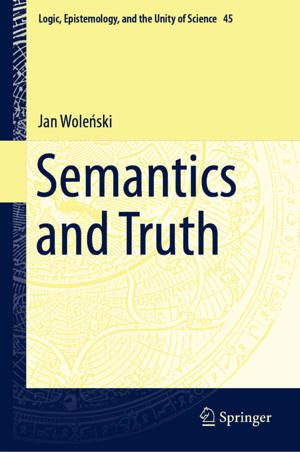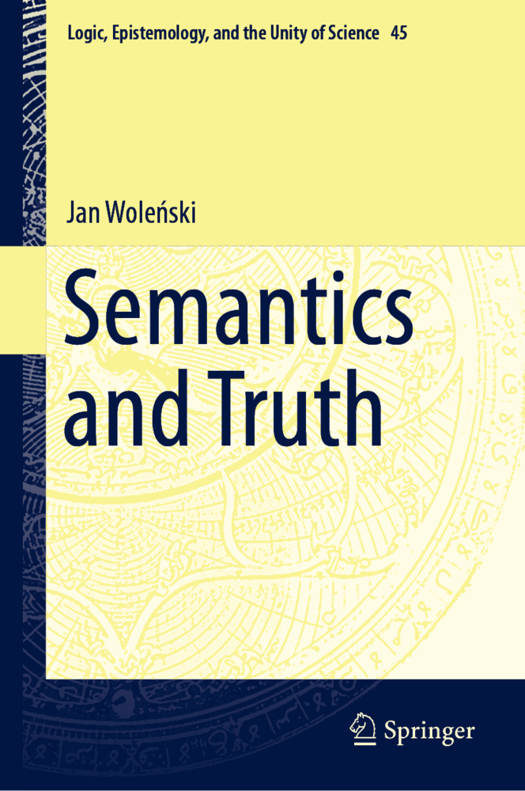
- Retrait gratuit dans votre magasin Club
- 7.000.000 titres dans notre catalogue
- Payer en toute sécurité
- Toujours un magasin près de chez vous
- Retrait gratuit dans votre magasin Club
- 7.000.0000 titres dans notre catalogue
- Payer en toute sécurité
- Toujours un magasin près de chez vous
Description
The book provides a historical (with an outline of the history of the concept of truth from antiquity to our time) and systematic exposition of the semantic theory of truth formulated by Alfred Tarski in the 1930s. This theory became famous very soon and inspired logicians and philosophers. It has two different, but interconnected aspects: formal-logical and philosophical. The book deals with both, but it is intended mostly as a philosophical monograph. It explains Tarski's motivation and presents discussions about his ideas (pro and contra) as well as points out various applications of the semantic theory of truth to philosophical problems (truth-criteria, realism and anti-realism, future contingents or the concept of correspondence between language and reality).
Spécifications
Parties prenantes
- Auteur(s) :
- Editeur:
Contenu
- Nombre de pages :
- 375
- Langue:
- Anglais
- Collection :
- Tome:
- n° 45
Caractéristiques
- EAN:
- 9783030245351
- Date de parution :
- 02-01-20
- Format:
- Livre relié
- Format numérique:
- Genaaid
- Dimensions :
- 158 mm x 238 mm
- Poids :
- 703 g

Les avis
Nous publions uniquement les avis qui respectent les conditions requises. Consultez nos conditions pour les avis.






